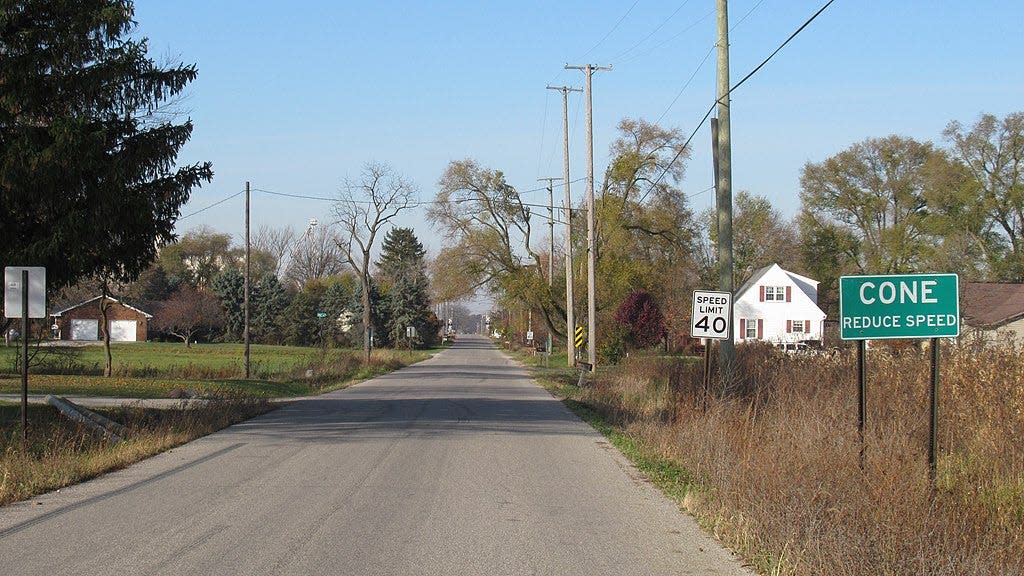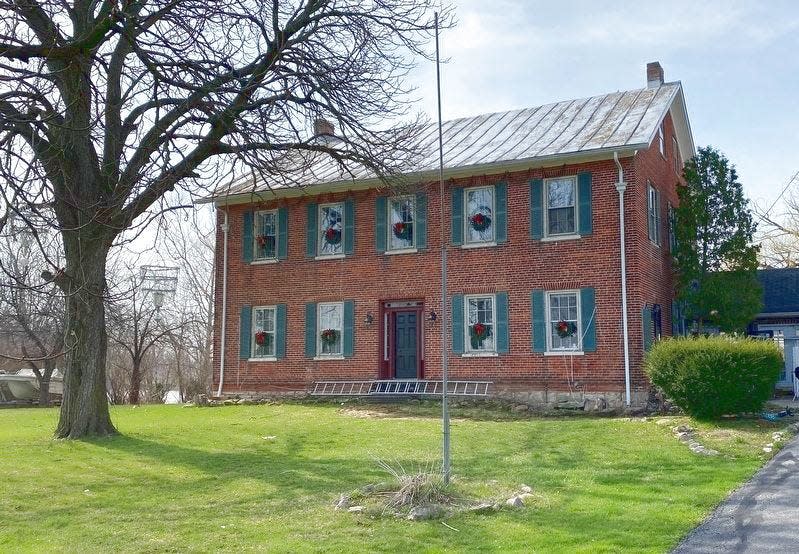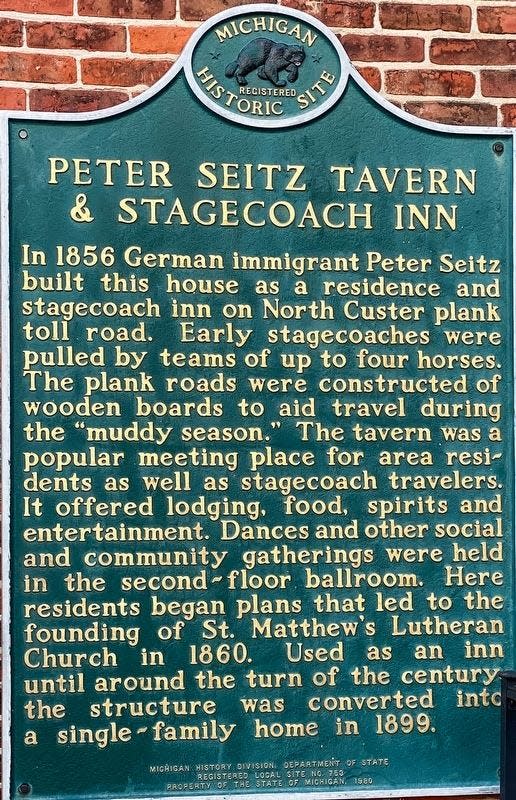Monroe County History: Towns came and went in county's early years

Recently, I’ve had the privilege of reading an excellent book about Monroe County history written by local historian and Monroe native Shawna Mazur. “Hidden History of Monroe County Michigan” (ISBN 9781467147347 and available on Amazon or directly from the publisher) was first published in October 2022 by The History Press. The book highlights some of the good and the not-so-good about Monroe County, taking some interesting twists and turns. Chapters on “Legends and Lore” and “Monroe’s Sordid Past” highlight stories of witches and saloons, bank robberies, and other events that took place over the years.
The stories I have enjoyed the most talk about Monroe Piers, which Mazur dubs “Monroe’s Miami Beach” and the bygone towns of Monroe County, which Mazur graciously gave me permission to use in an article and I will feature here. It is interesting to see how Monroe County locations attracted people to settle and how events and circumstances led these same communities to eventually disband.
According to Mazur, Brest ran from Stony Creek to Swan Creek in what is today Frenchtown Township. I have already written about the fishery there in my earlier article about the Dewey Brothers and commercial fishing but was unaware of the sawmill, grist mill and tobacco. H.S. Platt tried to promote the area – even opening a bank and printing money. However, as Mazur states, “…It came to be called the ‘paper city’ because there was nothing to back it up, and when the bank eventually failed, so did the city.”
Clark City was another town, started in 1854 by the Clark family, originally from New York, with big plans. Located in Ash Township near Flat Rock, Clark City was anticipating the arrival of the railroad to contribute to its commerce. At its height, Clark City had over 200 residents, a library, a hotel, two churches, a brickyard and other businesses. When the railroad bypassed Clark City, the residents began to move out – some dragging their belongings by sled in the dead of winter in 1877.
While Clark City didn’t receive a railroad depot, the village of Cone did in 1880 when the Wabash Railroad set up a station in the area Eratus S. Cone had founded in what is today south of Milan. While some prosperity occurred, other stops along the railroad were more successful, with only the name Cone Road evidence of its existence.

Grape, located near the River Raisin adjacent to North Custer and Doty Roads in Raisinville Township is an area which I became quite familiar with during my tenure at Monroe County Community College. It was in the path of the Monroe-Milan Plank Road (also known as the Monroe-Tecumseh Plank Road). There were tolls along the road every 10 miles and users were charged 2 cents; tolls were collected by nearby residents. Grape had several businesses (blacksmith shop, copper shop, wagon factory, sawmill and lime kilns). Lime was Grape’s claim to fame, and John Gold opened a tavern/inn to support the workers in the area. Other taverns/inns included the Soltz Tavern and the Seitz Inn. The Seitz hydroelectric plant gave Grape one of the first electrified communities when Detroit Edison arrived to develop the electrical infrastructure.

Harve, founded by another group of New York transplants, was near what is today Summit Street in Erie Township. It had good soil and water access to Lake Erie – ingredients for a potentially successful harbor town. However, as Mazur wisely reports, “But being from New York, they were unfamiliar with Lake Erie’s waxing and waning moods and were unaware that, previously, the area was mostly underwater.” Today, Harve has no existing remnants.
Tom Adamich is president of Visiting Librarian Service, a firm he has operated since 1993. He also is project archivist for the Greening Nursery Co. and Family Archives and the electric vehicle awareness coordinator at Monroe County Community College.
This article originally appeared on The Monroe News: Monroe County History: Towns came and went in county's early years

